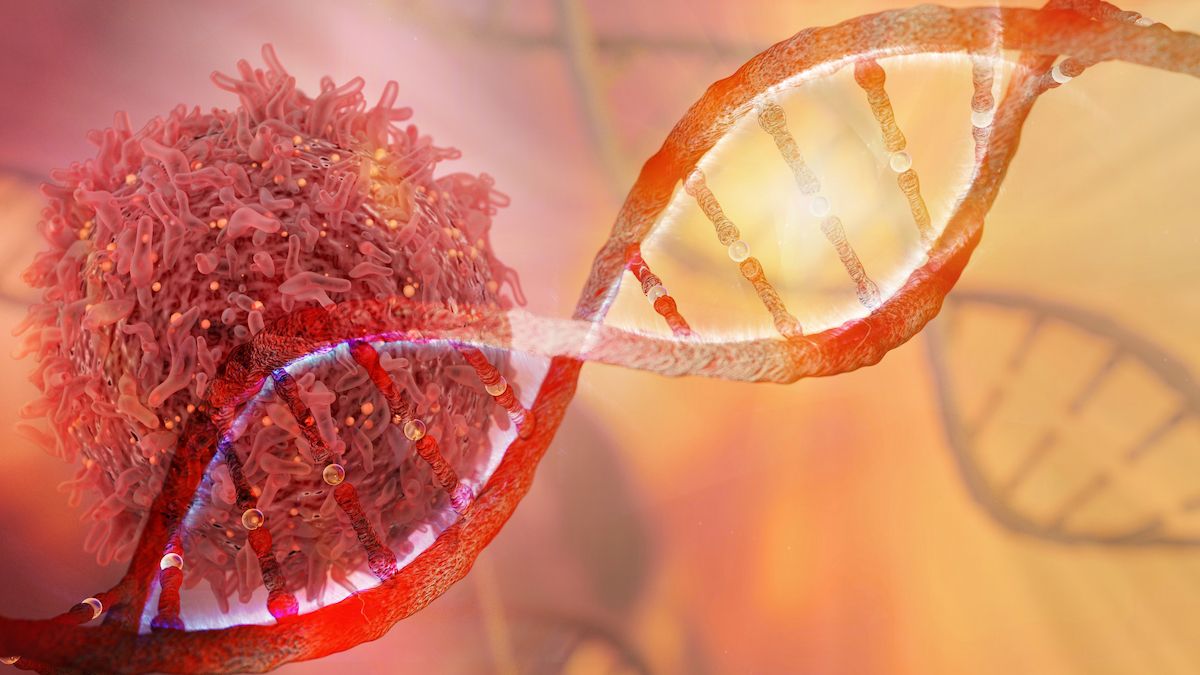End-of-Life Chemo Yields No Survival Improvement in Advanced Solid Tumors
Data support revisiting goals of care conversations with patients with very advanced cancer who have significantly progressed with their disease.
"We hope this information can help inform oncologists when they are deciding whether or not to continue treatment or transition patients who have metastatic disease to supportive care," according to study author Maureen Canavan, PhD, MPH.

Administering additional chemotherapy to patients with metastatic or advanced solid tumors near the end of their lives did not improve overall survival (OS), according to findings from a study published in JAMA Oncology.1
Investigators assessed outcomes based on a quality metric endorsed by the American Society of Clinical Oncology (ASCO) and the National Quality Forum (NQF) named NQF 0210, The Percentage of Patients Who Died From Cancer Receiving Chemotherapy in the Last 14 Days of Life. Practices were retrospectively categorized into one of 5 quintiles based on the ratio of patients per physician and levels of NQF 0210.
The rate of practice-level chemotherapy for patients in the last 14 days of their lives ranged from 10.9% in quintile 1 to 32.3% in quintile 5 for non–small cell lung cancer (NSCLC), 7.3% in quintile 1 to 33.0% in quintile 5 for breast cancer, and 6.8% in quintile 1 to 28.4% in quintile 5 for colorectal cancer (CRC). Patients treated in the highest quintile NQF 0210 institutions were more likely to be older than 80 years at the time of diagnosis (17.1%) compared with those in the lowest quintile (15.9%; P <.001).
In quintile 1 and quintile 5 practices, respectively, the longest median OS was reported in those with breast cancer (39.1 months vs 33.2 months), and the shortest median survival was observed in patients with pancreatic cancer (7.6 months vs 5.1 months). After adjusting for patient and practice characteristics, survival at the highest and lowest quintile NQF 0210 practices was not significantly different for patients with CRC, pancreatic cancer, breast cancer, lung cancer, or urothelial cancer.
The hazard ratio (HR) for patients who received treatment at quintile 5 practices ranged from 0.74 (95% CI, 0.55-0.99) for patients with renal cell carcinoma (RCC) to 1.41 (95% CI, 0.98-2.02) for those with urothelial cancer. Applying a Bonferroni correction revealed no statistically significant differences in survival outcomes between NQF 0210 quintile groups (P = .008).
“We wanted to find out if oncologic treatment of very advanced tumors is associated with improved survival or if there are times when it’s futile to continue care and instead oncologists should shift focus to palliative and supportive care. Since we don’t see an improved survival benefit, oncologists should revisit their goals of care conversations with patients, and this information in the study should be explained to patients,” lead study author Maureen Canavan, PhD, MPH, an associate research scientist of General Medicine at Yale School of Medicine and an epidemiologist at the Yale Cancer Outcomes, Public Policy, and Effectiveness Research Center (COPPER), said in a news release on these data.2 “We hope this information can help inform oncologists when they are deciding whether or not to continue treatment or transition patients who have metastatic disease to supportive care.”
Investigators of this population-based cohort study assessed data collected in Flatiron Health related to patients 18 years and older with advanced or metastatic disease who received treatment between 2015 and 2019. Investigators assessed OS outcomes among patients based on disease type, which included breast cancer, CRC, NSCLC, pancreatic cancer, RCC, and urothelial cancer. Data analysis took place from July 2021 to July 2023.
The study’s primary independent variable was the rate of 14-day end of life systemic anticancer therapy use among patients who died. The 30-day overall end of life systemic anticancer therapy rates served as the primary independent variable for a secondary analysis.
Of 78,446 patients included in the analysis, most had NSCLC (43.6%) followed by CRC (20.1%), breast cancer (14.9%), pancreatic cancer (9.4%), urothelial cancer (6.1%), and RCC (5.9%). Populations based on practice-level NQF 0210 quintiles included 15,222 patients in quintile 1, 25,017 in quintile 2, 18,956 in quintile 3, 12,654 in quintile 4, and 6597 in quintile 5. The mean patient age was 67.3 years, and most were female (52.2%), White (67.5%), and had stage IV disease (54.5%).
References
- Canavan ME, Wang X, Ascha MS, et al. Systemic anticancer therapy and overall survival in patients with very advanced solid tumors. JAMA Oncol. Published online May 16, 2024. doi:10.1001/jamaoncol.2024.1129
- Masciadrelli, M. Oncologists should re-evaluate cancer treatments near end of life. News release. Yale School of Medicine. May 16, 2024. Accessed May 22, 2024. https://tinyurl.com/mr3kaca6
Newsletter
Stay up to date on recent advances in the multidisciplinary approach to cancer.
Elevating the Quality of Cancer Care via Cross-Department Collaboration
Experts from Sibley Memorial Hospital discuss how multidisciplinary work has enhanced outcomes such as survival and resource use at their institution.